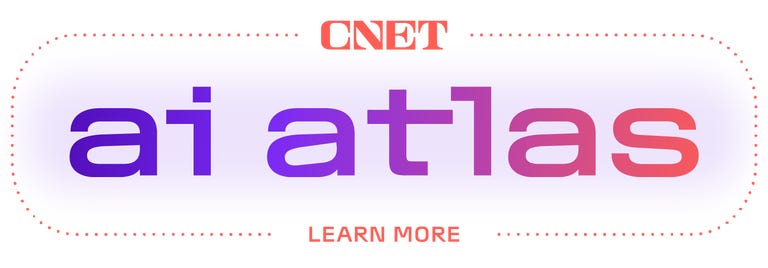Halloween decor that delights even a professional decorator would be a dream come true. But for those poor, unfortunate souls who struggle to come up with a cohesive aesthetic, it can be a nightmare. Being forced to watch as friends and neighbors — or, even worse, strangers online — demonstrate their mastery of the dark arts of Halloween decorating summons in many the most diabolical of all monsters: envy.

You don’t have to tackle the spooky challenge of creating a clout-worthy Halloween decor moment alone. I’m using Midjourney, an artificial intelligence tool that uses text prompts and commands to create custom images on-the-fly, to give me some visual ideas.
I’m also enlisting the aid of ChatGPT, an AI tool which uses large language model learning and chatting to generate answers to complex questions via conversation, to come up with concepts for decorating my work cubicle. The green-eyed monster is hereby on notice.
Here’s how to plan your Halloween decor using AI.
Read more: Hack Your Home Security to Scare Trick-or-Treaters for Halloween 2024
Get some ghoulish goals
Let the AI tool know the vibes. Since my decor will be at the office, it can’t be too frightening, but I’d still like some fun, interactive elements that might elicit a few squeals. Include details in your prompts like the setting of the decorations so you can define the line between gory and a good time.
The images below were the results of my first try at a prompt in Midjourney for a “creepy doll decorated work cubicle,” and they are indeed not safe for work, meaning your coworkers will no longer feel safe around you if you decorate your desk this way.

ChatGPT gave me some great office safe options for decor concepts. These G-rated interactions that took the cubicle into account.


Beyond the haunted house, witch’s den and spider invasion ideas, ChatGPT also suggested themes of zombie apocalypse (barricade the entrance to your cubicle with caution tape and scatter body parts around your desk); creepy carnival (create a circus tent over your cubicle and throw in some clowns); pumpkin patch (decorate with a ton of pumpkins and gourds); and “time-traveling tomb” (an Ancient Egypt theme).
Some of these are office-friendly — others, not so much. I identified closely with the witch’s den concept, as retreating deep into the woods and living in a house made of candy features heavily in my retirement plans.
The devil is in the details
Midjourney isn’t a conversational AI image generation tool, so make sure you give it all the information it needs to build you the blood-curdling decor scheme of your wicked dreams. I used some details from my ChatGPT results to define the vibe of several options for my working witch cubicle.
Midjourney offered the below decor option, which added a really fun detail I hadn’t considered in the form of wrapping the cubicle drawers in colored paper that could easily translate to kitchen drawers if you wanted to do this at home, too.

Take a before pic
Snap a photo of the space you’re planning to decorate to give the AI tool a canvas on which to paint. Midjourney has a prompt that allows the merging or “blending” of images, so you can combine your starting point with how you’d like your final decor to look.
You may have to massage this a bit, as Midjourney will truly blend the images, resulting in a middle ground between the two rather than simply superimposing elements of one image onto another.
I tried combining the original image of my cubicle with the Midjourney-generated cubicle and the result was a little lackluster, although much easier to practically execute.

My boring, non-witch den desk.

The mashup of the intense witch desk and the real-world office setting.
Give yourself a lot of options
There are only so many creepy clown, spider and zombie decorations that are also appropriate for an office setting. (Debatable, but I’m not dying on that hill in HR’s office. Not again.)
Cycle through a bunch of themes and schemes to get the tone right, and use descriptors appropriate to the potential audience. If you’re using AI to help come up with ideas to decorate your home, and you live in an area where kids trick or treat heavily, adding the phrase “child-safe” might be a good addition to your prompts.




















+ There are no comments
Add yours